Golf caddies play an essential role in the sport. They are more than just carriers of clubs; they are strategic advisors, psychologists, and motivators on the course. Particularly at The Masters, one of the most prestigious golf tournaments, the job comes with its own unique benefits and challenges. But how much do these caddies actually make at the Masters? Let’s dig into the numbers, responsibilities, and why being a caddy at this iconic event is both lucrative and demanding.
What Is the Role of a Golf Caddy?
Before discussing compensation, it’s vital to understand what a caddy does. Their responsibilities include:
- Carrying the Bag: This is the most visible part of the job.
- Offering Course Insight: They help players with strategies and club selections based on their knowledge of the course.
- Reading Greens: Caddies also assist in green reading, helping golfers understand the subtle breaks and slopes on the putting surface.
- Emotional Support: The mental aspect of golf is enormous, and a good caddy offers encouragement and motivation, acting as a reliable sounding board.
These responsibilities significantly impact a player’s performance, leading to an interesting question: how does this translate into earnings?
How Much Do Caddies Make?
Caddie earnings can vary widely based on several factors, including the player’s success, experience, and the tournament itself. Here’s a breakdown of what caddies typically earn at The Masters:
Base Pay
- Flat Salary: Around $1,500 – $3,000 for the week of The Masters. This is in line with what caddies earn for other major tournaments.
Percentage of Winnings
In addition to their base pay, caddies often receive a percentage of their player’s winnings. This percentage generally ranges from 5% to 10%, depending on the level of the golfer and the agreement they have.
- If a player wins at The Masters, which has a prize pool of $15 million, the earnings for the caddy can be significant. For example, a 10% cut would yield an additional $150,000!
Total Potential Earnings
By combining their base salary and the possible winnings percentage, a caddy has the potential to earn upwards of $150,000 for one week at The Masters. Here’s how that breaks down in a simple table:
| Base Salary | Percentage of Winnings | Total Potential Earnings |
|---|---|---|
| Minimum | $1,500 | 5% ($750, assuming $15,000 winnings) |
| Average | $2,000 | 7% ($1,050, assuming $15,000 winnings) |
| Maximum | $3,000 | 10% ($150,000, assuming a win) |
 Golf caddy carrying bag on the course
Golf caddy carrying bag on the course
Other Benefits
Apart from cash earnings, being a caddy at The Masters comes with other perks:
- Access to Exclusive Events: Caddies often partake in exclusive social events, including dinners and networking opportunities.
- Sponsorships and Endorsements: Sometimes, caddies may receive opportunities for sponsorship deals, particularly if they’re working with well-known golfers.
- Travel Expenses: Some golfers cover travel expenses, making it even more financially rewarding.
The Financial Landscape of Caddying
Cost of Living
Despite the potentially high earnings, many caddies must contend with the costs associated with their profession:
- Travel Costs: Costs associated with travel to tournaments.
- Equipment Fees: Purchase and maintenance of quality gear is essential.
- Fitness Training: Many caddies invest in their fitness to keep up with the demanding pace.
Unpredictable Income
Caddies experience income variability; earnings fluctuate based on the player’s performance and tournament schedules, meaning financial planning can be challenging.
Quote: “Caddying is just like any job where your paycheck is determined by someone else’s performance.” – Anonymous Caddy
 Golf caddy and player discussing strategy
Golf caddy and player discussing strategy
Final Thoughts on Caddie Earnings
Being a caddy at The Masters encapsulates a unique blend of hard work, skill, and business sense. While the potential earnings can be significant, it’s essential to consider the costs and unpredictability they face. The level of dedication and knowledge required to excel in this role often makes it a labor of love.
Key Takeaways
- Golf caddies at The Masters earn roughly $1,500 to $3,000 for the week.
- They receive 5-10% of their player’s winnings, significantly increasing their earnings.
- A caddy’s total income can exceed $150,000 for a winning player.
- They also benefit from access to exclusive events and potential sponsorships.
- Caddies face unpredictable income and should account for travel and gear expenses in their financial planning.
Frequently Asked Questions (FAQs)
1. Can anyone become a golf caddy at The Masters?
Yes, but most golfers who secure a spot usually have established relationships with players or have significant experience in the sport.
2. How do caddies get paid?
Caddies are typically paid a flat fee for the tournament, plus a percentage of their golfer’s winnings.
3. Do all players pay their caddies the same rate?
No, payment rates can vary based on agreements between the caddy and the player.
4. Are caddies hired for just The Masters?
No, many caddies work full-time for a player and attend multiple tournaments throughout the season.
5. What are the most significant challenges caddies face?
Caddies often contend with unpredictable income, travel demands, and physical demands of carrying bags over challenging courses.
 Golf caddy reading the green
Golf caddy reading the green
6. Is caddying a stable career?
This can depend on the player’s success and the caddy’s ability to network and secure positions with golfers.
7. Do caddies have to pay taxes on their earnings?
Yes, caddies must report their earnings and pay taxes like any other professional.
8. What experience is needed to become a golf caddy?
Experience in golf, knowledge of the game, and physical fitness are essential for being a successful caddy.
9. Can caddies earn income from endorsements?
Potentially, but this usually depends on their level of visibility and the relationship with the player.
10. Where can I find more information about caddying?
Check out golfing blogs, caddy forums, or several books dedicated to the profession for insights and testimonials.
Caddying at The Masters isn’t just about carrying clubs; it’s about the love for the game, partnership with the player, and building a fulfilling career. Understanding the financial aspects of this role can help aspiring caddies prepare for the journey ahead. If you’re interested in diving deeper into the world of golf and caddying, be sure to check out related articles on our site!

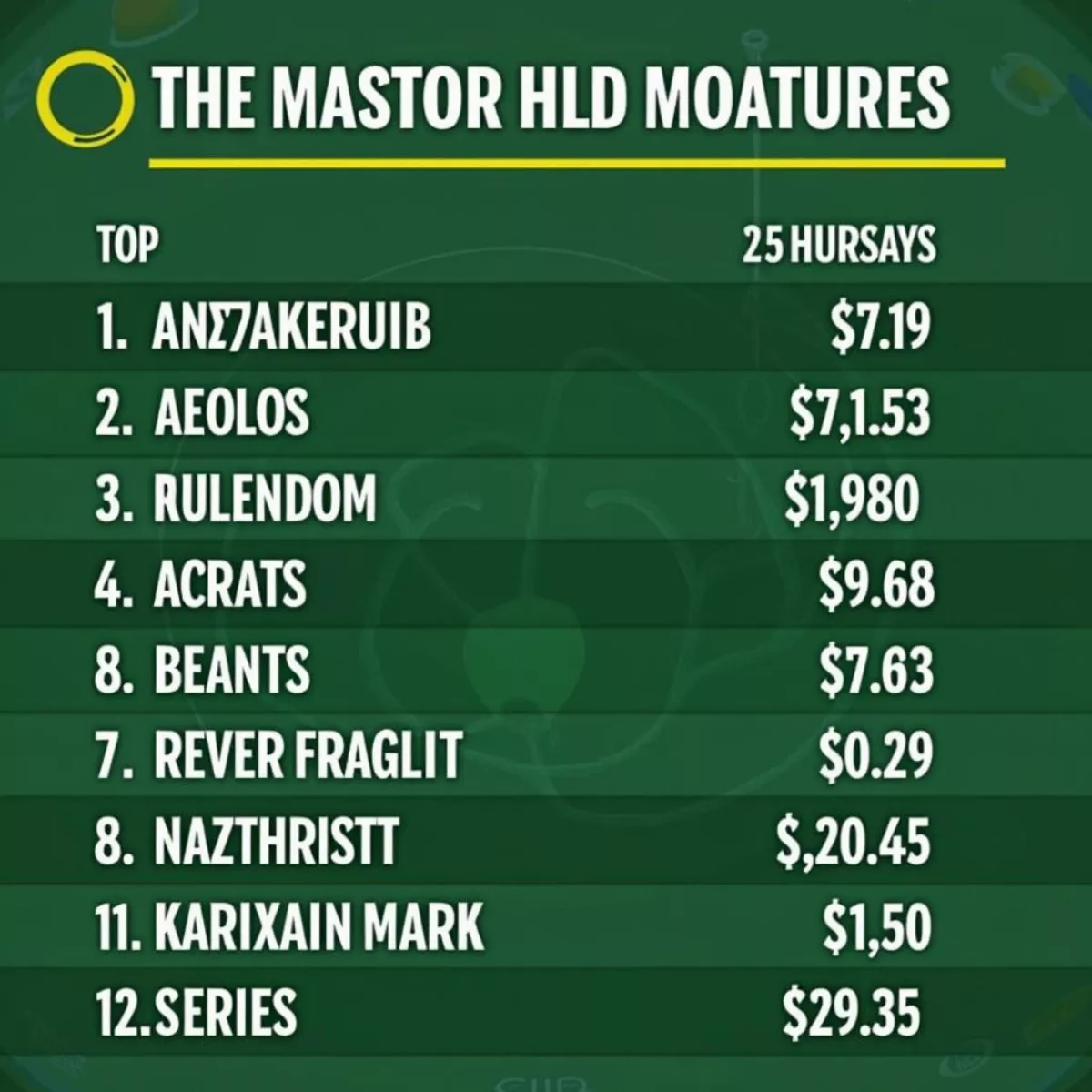 The Masters Leaderboard
The Masters Leaderboard  Neal Shipley Playing Golf
Neal Shipley Playing Golf 
 Antique Cannon Ball Close Up
Antique Cannon Ball Close Up Collector Examining Cannon Ball
Collector Examining Cannon Ball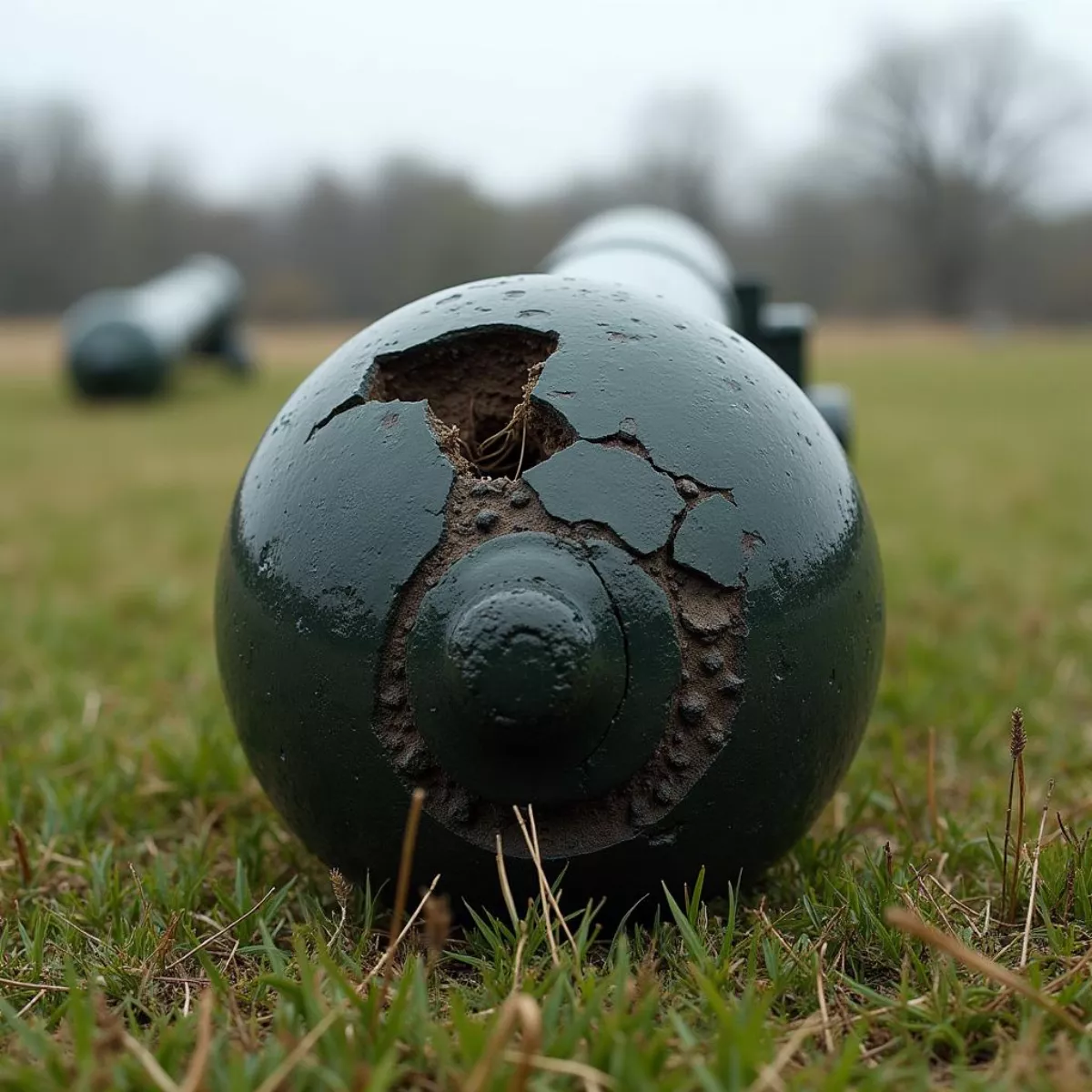 Damaged Cannon Ball on Battlefield
Damaged Cannon Ball on Battlefield
 Golf Instructor with Launch Monitor
Golf Instructor with Launch Monitor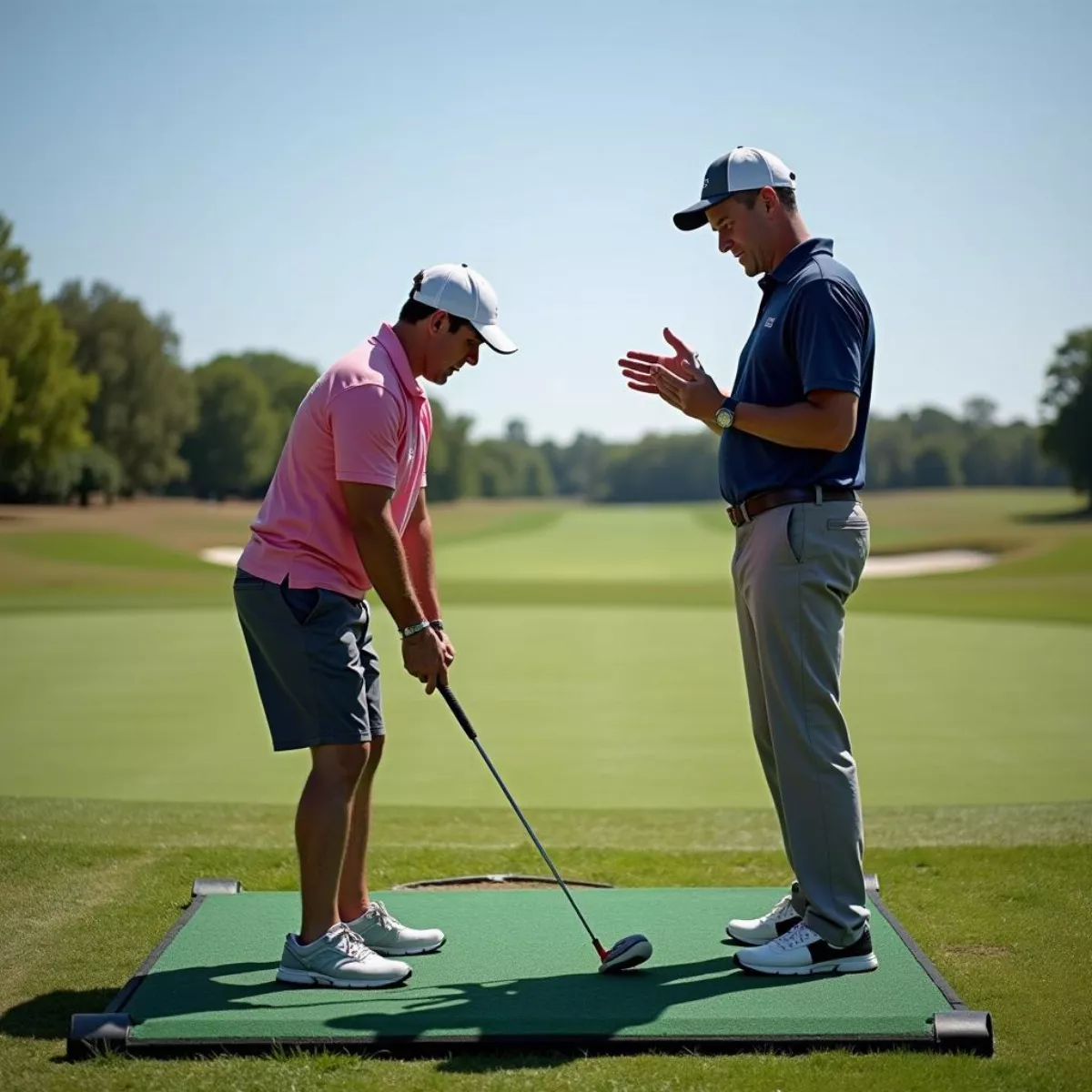 Beginner Golfer Taking a Lesson
Beginner Golfer Taking a Lesson
 Everyday Life in 1995
Everyday Life in 1995 Cultural Transformations Since 1995
Cultural Transformations Since 1995 Celebrating 90s Nostalgia
Celebrating 90s Nostalgia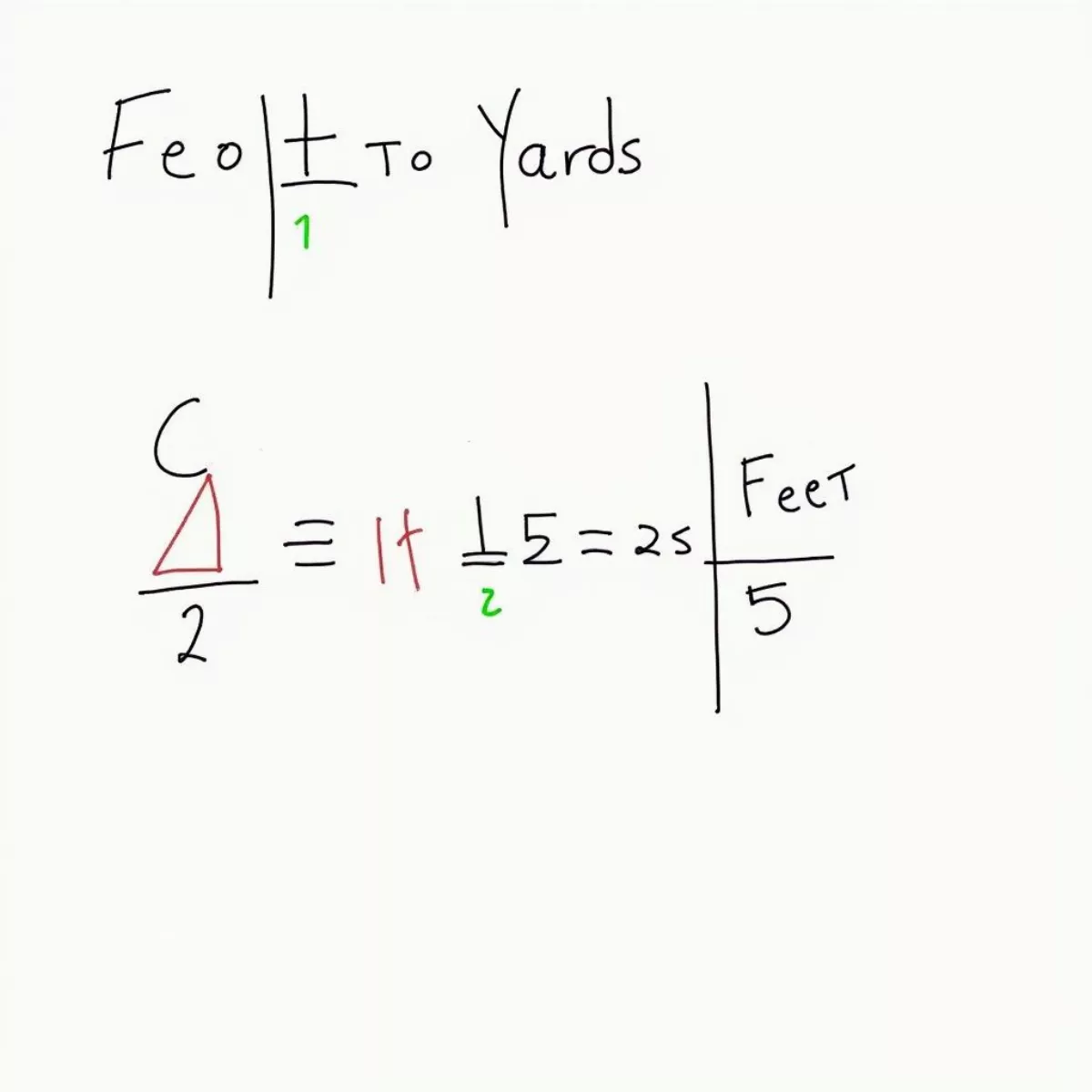
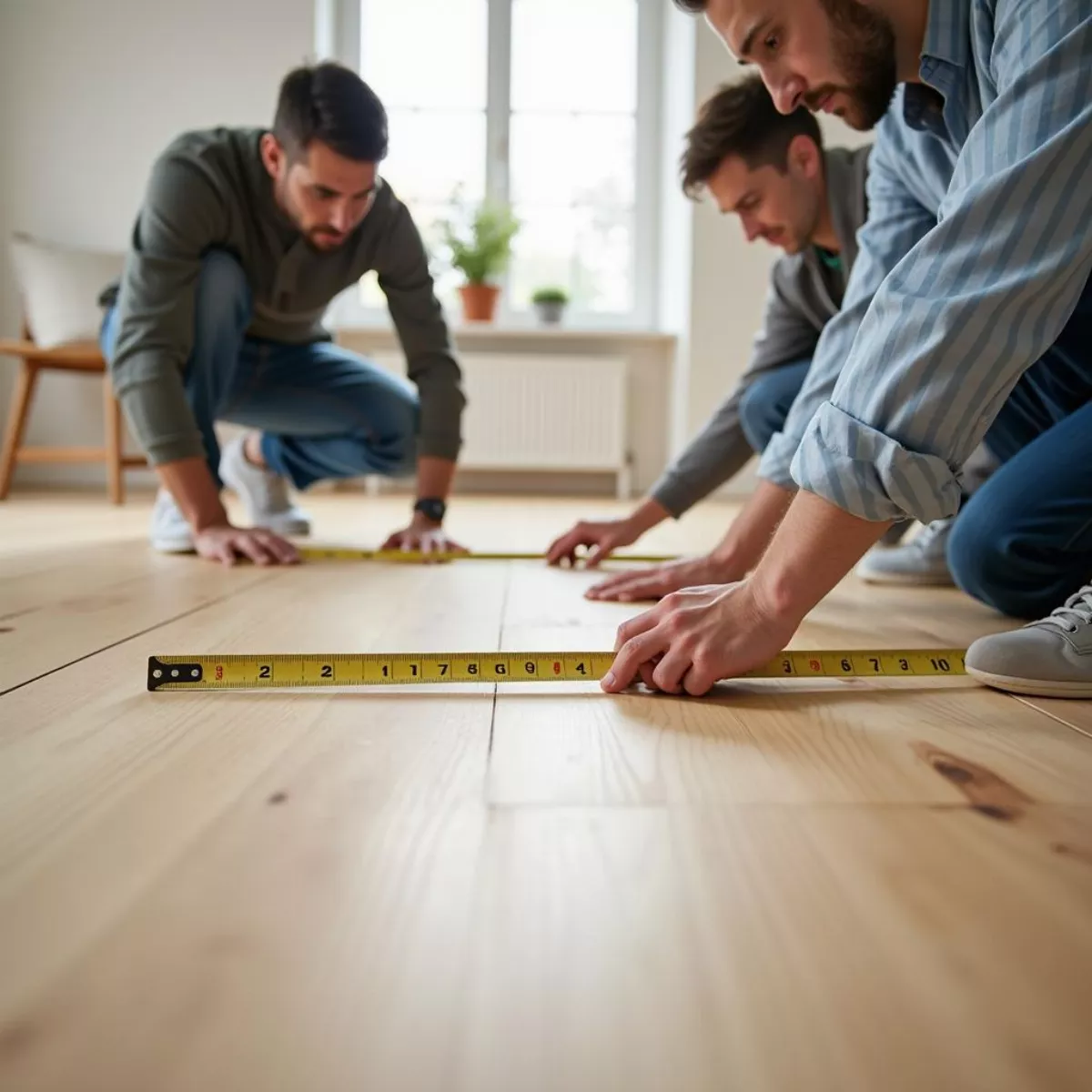 People measuring a room for flooring using a measuring tape
People measuring a room for flooring using a measuring tape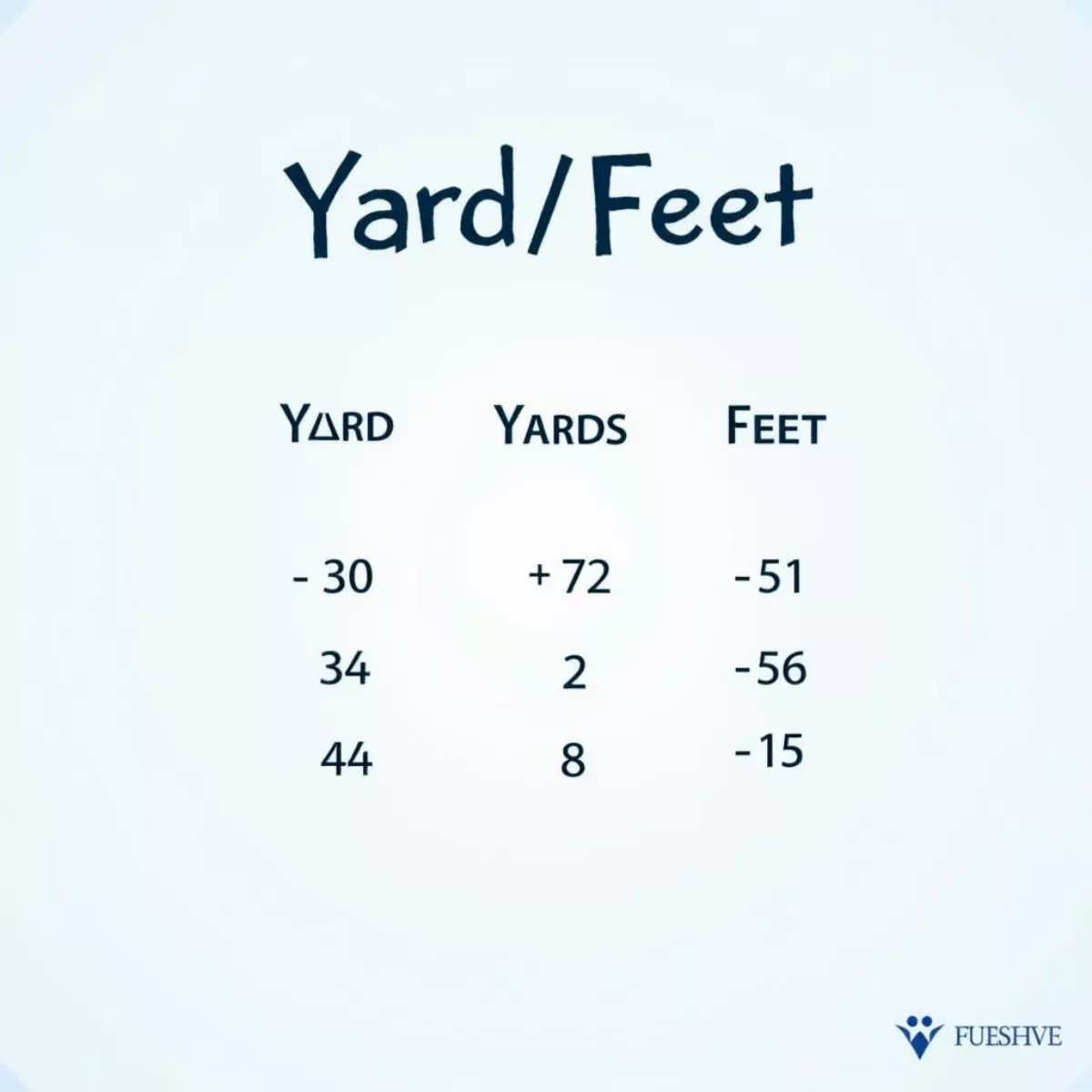 Table showing common conversions between yards and feet
Table showing common conversions between yards and feet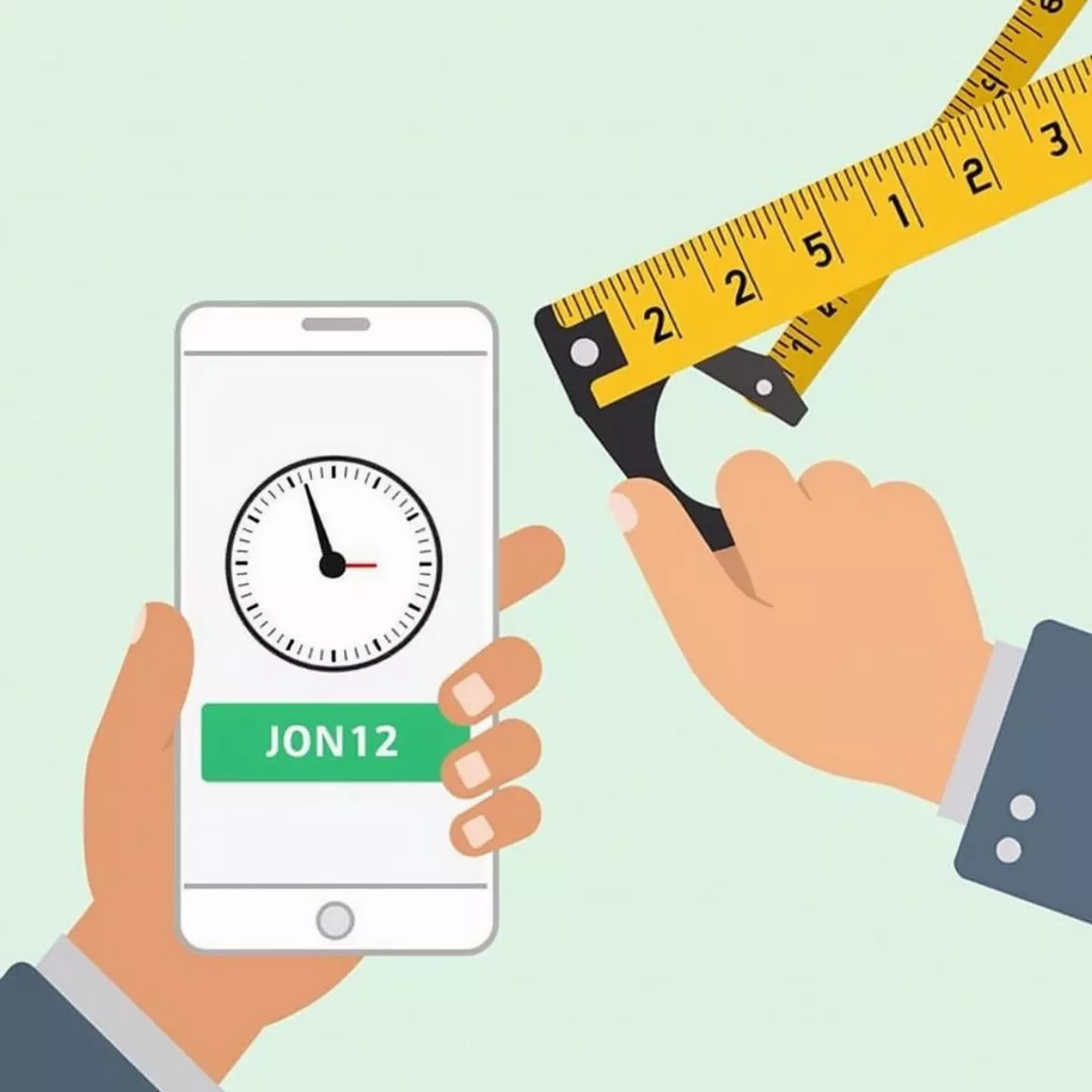 A hand holding a measuring tape next to a smartphone displaying a length conversion app
A hand holding a measuring tape next to a smartphone displaying a length conversion app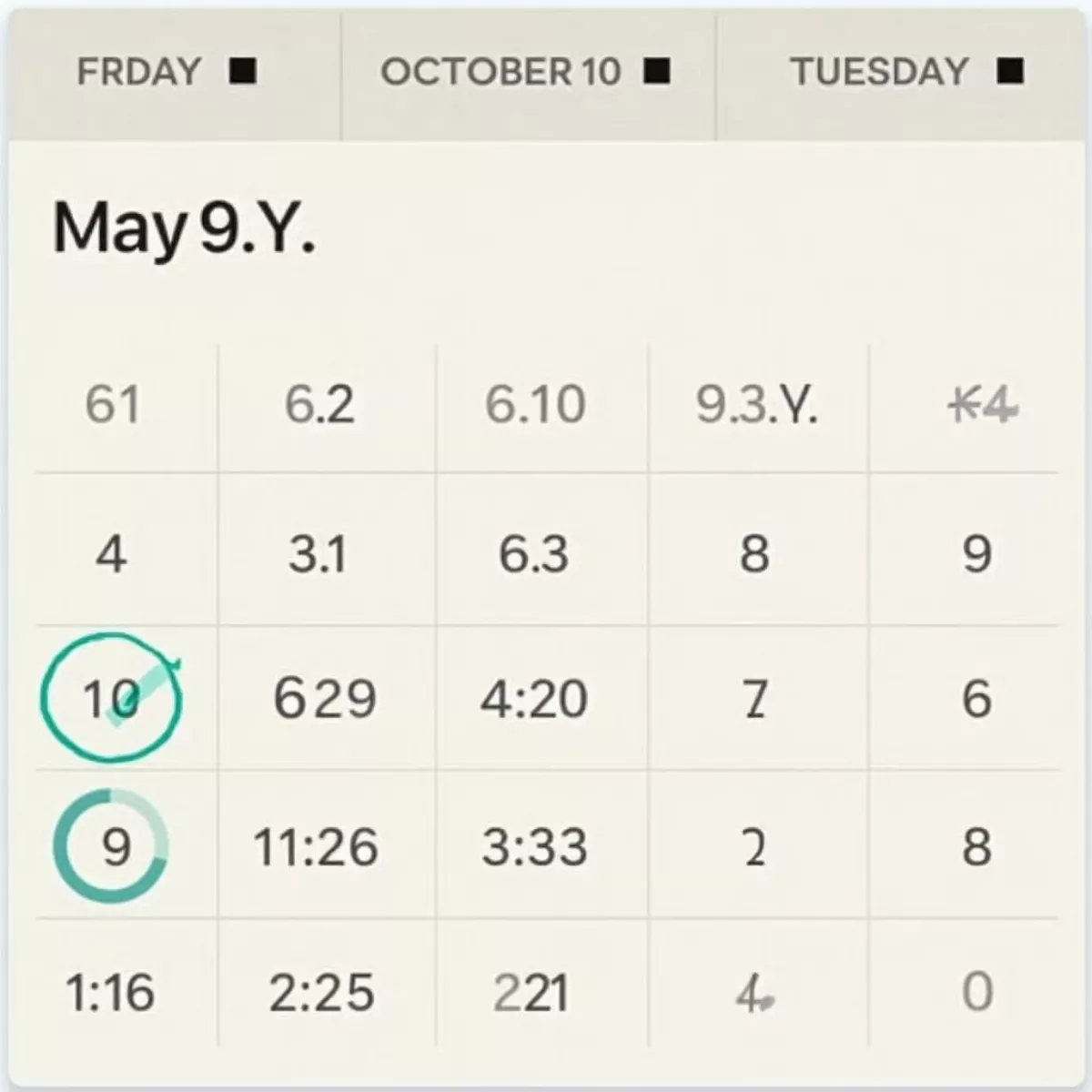
 Group of people planning an event
Group of people planning an event Victory Day parade
Victory Day parade